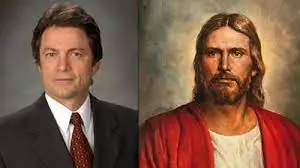What Does Christ Look Like?
We have all grown up with exposure to images of Christ. Many of the images come from art history and newer images are inspired by the images of Christ that an artist was surrounded by during their life. Others were painted using models or in some cases the artist themselves. We know where Jesus was born and we know when He was born. Historians and anthropologists tell us that Jesus Christ would have olive skin and dark hair and resemble what a typical Middle Eastern man would look like today. Why then has our world been flooded with a more Euro-centric/ white looking Christ? Here are some articles that go into these details of why:







